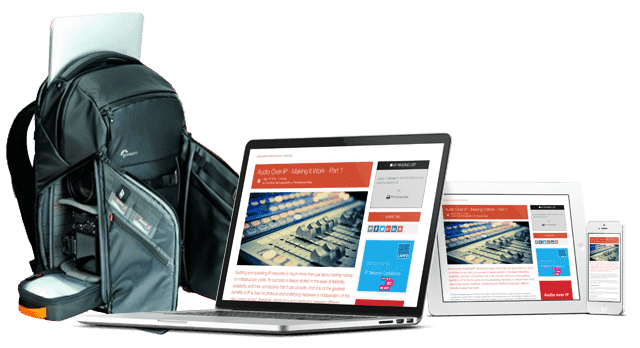LiveU Continues To Drive Innovation In Dynamic 5G Network Slicing Trial

Leading industry partners collaborate to push forward 5G dynamic slicing for live content contribution.
In a first of its kind demonstration, leading 5G partners have joined forces to trial live video using single and bonded modems. These were transmitted over 5G slices that were automatically and dynamically set-up according to real-time analysis. The partners involved were LiveU, L.M. Ericsson, Nokia, and the University of Patras (UoP), under the Horizon Europe 5G-Solution project (grant # 856691).
One of the most promising mechanisms in 5G Stand-Alone (SA) networks is “slices”. In essence, this is the ability to provide as high performance as possible, or QoS, to authorized users, end-to-end within the cellular radio and Core network. This means that QoS-centric applications, such as live uplink video transmission for event coverage – from news to sport and beyond – have a higher probability of receiving the needed QoS for ultimate signal stability on location. But how can these slices be allocated and managed and how can the 5G cellular operator provide the QoS level it guarantees to multiple broadcasters over a specific slice in a certain location?
In this trial, transmitting over 5G slices that were automatically set-up according to real-time analysis was achieved using several LiveU multi-cam LU800 field units and a network management process called Zero-Touch-Automation (ZTA). Each unit transmitted up to four independent camera feeds simultaneously by bonding multiple modems, networks or slices. One of which was a slice specially configured for broadcasters’ uplink video contribution. The ZTA mechanism dynamically allocated in real-time 5G slices according to LiveU units’ transmission needs and the network overall load.
The ZTA mechanism, specially designed by Ericsson, identified in real-time changes in the network performance resulting from the increased upload demand. It then notified the network management orchestrator (CDSO, by Nokia), which drove the reconfiguration of the network (deployed by UoP) by setting-up a special upload-oriented slice. Modems in the LiveU units automatically identified the newly available special slice, started using it, and LiveU bonding algorithms began transmitting live video packets using this dedicated slice. Bonding this slice with the “best-effort” slices or commercial networks allowed each of the LU800s to transmit four video streams concurrently and at a high quality, with stable bandwidth and latency. Bonding special slices, in real-time, with other modems, networks and bandwidths was instrumental in maintaining video continuity and overall QoS throughout and to reduce the spectrum needed from the new slice.
This trial further demonstrated that even with adaptive ZTA of dedicated “guaranteed performance” slice allocation, bonding transparently and agnostically multiple modems, networks and slices is needed so that broadcasters can enjoy the highest level of video quality and reliability in these congested areas, under changing conditions and over any network configuration.
You might also like...
Monitoring & Compliance In Broadcast: Monitoring Cloud Infrastructure
If we take cloud infrastructures to their extreme, that is, their physical locality is unknown to us, then monitoring them becomes a whole new ball game, especially as dispersed teams use them for production.
Phil Rhodes Image Capture NAB 2025 Show Floor Report
Our resident image capture expert Phil Rhodes offers up his own personal impressions of the technology he encountered walking the halls at the 2025 NAB Show.
The DOP As Sound Recordist: 32-BIT Float Is Our Godsend
As a cinematographer with several decades of experience on feature films and large broadcast projects, my current work on smaller productions and documentaries has increasingly added the duties of a sound recordist, and with it a greater appreciation for 32-bit…
Microphones: Part 9 - The Science Of Stereo Capture & Reproduction
Here we look at the science of using a matched pair of microphones positioned as a coincident pair to capture stereo sound images.
Monitoring & Compliance In Broadcast: Monitoring Cloud Networks
Networks, by their very definition are dispersed. But some are more dispersed than others, especially when we look at the challenges multi-site and remote teams face.








